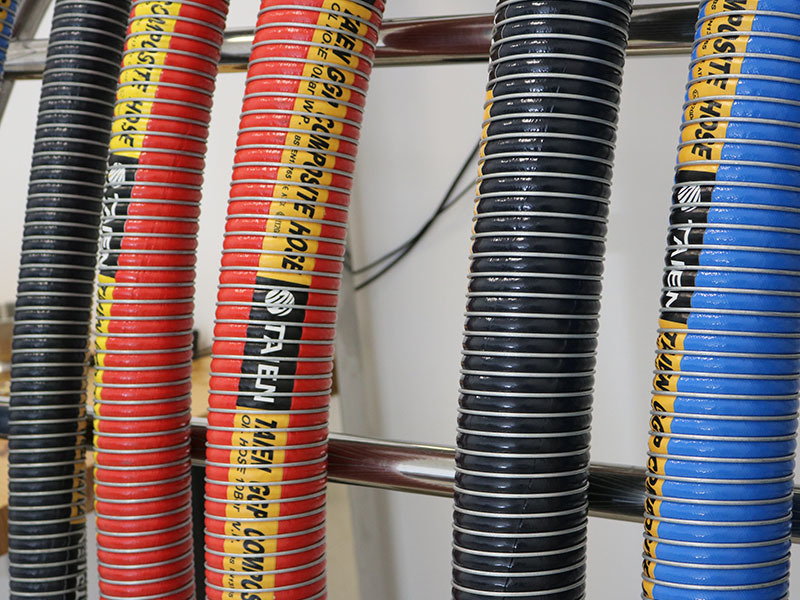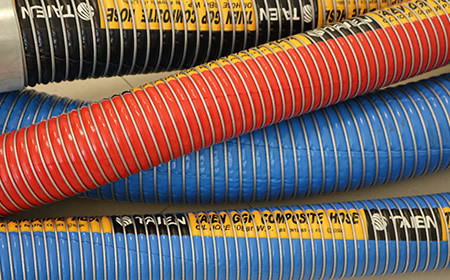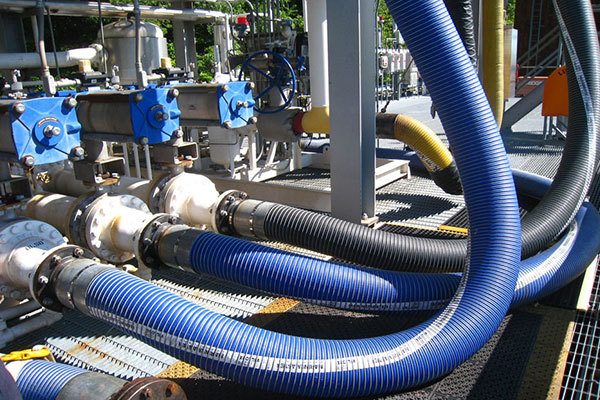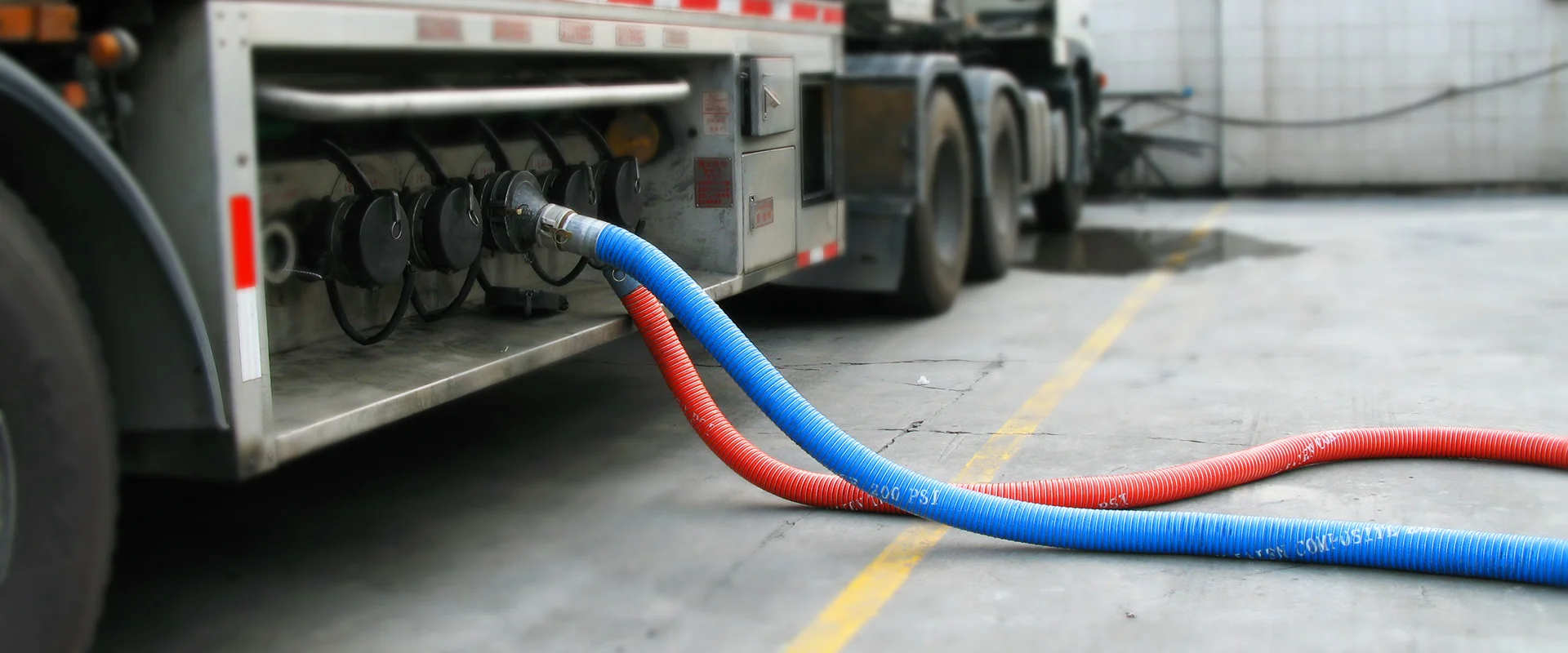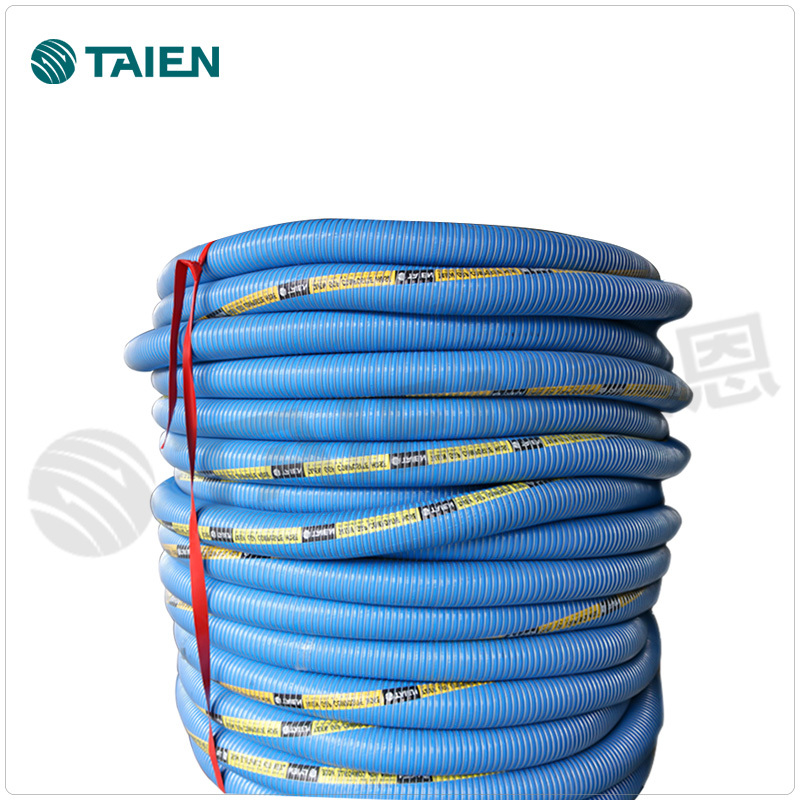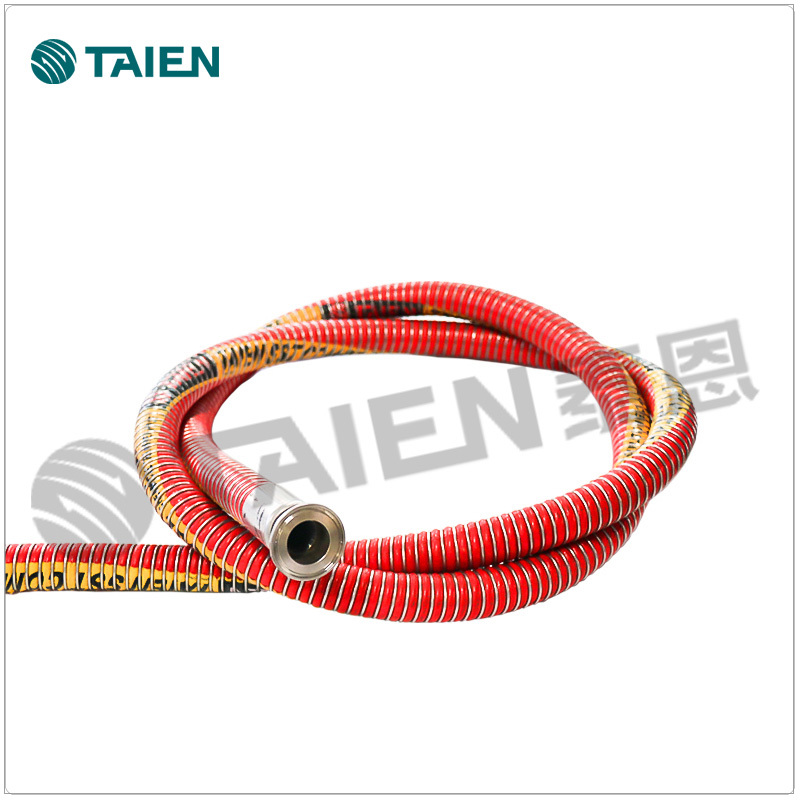The Environmental Impact of High Temperature Hoses: An In-Depth Analysis
Release time:
2025-07-04
Author:
Source:
Abstract
The Environmental Impact of High Temperature Hoses: An In-Depth Analysis
Table of Contents
1. Introduction to High Temperature Hoses
2. Understanding High Temperature Hoses and Their Applications
3. The Materials Used in High Temperature Hoses
4. Environmental Implications of High Temperature Hoses
4.1. Resource Extraction and Production
4.2. Manufacturing Processes and Emissions
4.3. End-of-Life
The Environmental Impact of High Temperature Hoses: An In-Depth Analysis
Table of Contents
1. Introduction to High Temperature Hoses
2. Understanding High Temperature Hoses and Their Applications
3. The Materials Used in High Temperature Hoses
4. Environmental Implications of High Temperature Hoses
4.1. Resource Extraction and Production
4.2. Manufacturing Processes and Emissions
4.3. End-of-Life Considerations
5. Sustainable Alternatives to Traditional High Temperature Hoses
5.1. Biodegradable and Recyclable Materials
5.2. Innovations in Hose Design
6. Regulatory Standards and Industry Practices
7. Case Studies: Companies Leading the Way in Sustainability
8. Frequently Asked Questions (FAQs)
9. Conclusion
1. Introduction to High Temperature Hoses
High temperature hoses are engineered to withstand extreme heat and pressure, making them indispensable in various industrial settings. These hoses facilitate the transfer of gases and liquids in applications ranging from automotive to manufacturing. However, with their essential role comes a critical need to assess their environmental impact, particularly as industries strive for sustainability.
2. Understanding High Temperature Hoses and Their Applications
High temperature hoses are typically constructed from materials designed to endure thermal degradation and maintaining flexibility under stress. Common applications include steam transfer, chemical processing, and hydraulic systems. Each application demands specific specifications, including temperature resistance, pressure ratings, and compatibility with various substances. Understanding these applications helps us recognize the need for sustainable practices in their production and use.
3. The Materials Used in High Temperature Hoses
The most common materials used in high temperature hoses include rubber compounds, silicone, PTFE (polytetrafluoroethylene), and various metal reinforcements. Each of these materials has unique properties that influence their performance and environmental footprint. For example, while PTFE boasts excellent chemical resistance and durability, the processes involved in its production can be resource-intensive and environmentally damaging.
4. Environmental Implications of High Temperature Hoses
Understanding the environmental implications of high temperature hoses involves examining various stages of their lifecycle.
4.1. Resource Extraction and Production
The extraction of raw materials for hose production often leads to significant environmental degradation. For instance, natural rubber harvesting can contribute to deforestation, while the mining of metals for reinforcements may disrupt ecosystems. Additionally, the energy-intensive processes involved in manufacturing high temperature hoses contribute to greenhouse gas emissions.
4.2. Manufacturing Processes and Emissions
Manufacturing high temperature hoses involves complex chemical processes that can release volatile organic compounds (VOCs) and other harmful emissions into the atmosphere. The energy required for heating and processing these materials can also lead to increased carbon footprints. Companies must consider these factors and explore cleaner manufacturing techniques.
4.3. End-of-Life Considerations
At the end of their lifecycle, high temperature hoses may pose disposal challenges. Many traditional materials are not biodegradable and can contribute to landfill waste. Additionally, incineration can release toxic substances into the environment. Proper recycling methods and eco-friendly disposal options are essential to mitigate these impacts.
5. Sustainable Alternatives to Traditional High Temperature Hoses
With increasing awareness of environmental issues, the demand for sustainable alternatives in high temperature hoses is on the rise.
5.1. Biodegradable and Recyclable Materials
Innovations in materials science have led to the development of biodegradable and recyclable options. Manufacturers are exploring the use of natural fibers and bio-based plastics that can significantly reduce environmental impact without compromising performance.
5.2. Innovations in Hose Design
Advancements in hose design can also contribute to sustainability. For instance, optimizing the structure of hoses can reduce material usage while maintaining strength and flexibility. Companies are investing in research and development to create more efficient products that lessen environmental footprints.
6. Regulatory Standards and Industry Practices
Regulatory bodies are increasingly implementing standards aimed at reducing the environmental impact of industrial products, including high temperature hoses. Compliance with these regulations not only promotes sustainability but also enhances corporate responsibility. Many industries are adopting best practices that prioritize eco-friendly materials and processes.
7. Case Studies: Companies Leading the Way in Sustainability
Several companies have emerged as leaders in sustainability within the high temperature hose sector. These case studies illustrate how adopting innovative materials and practices can not only enhance environmental outcomes but also improve brand reputation and customer loyalty.
8. Frequently Asked Questions (FAQs)
What are high temperature hoses used for?
High temperature hoses are utilized in a variety of applications, including steam transfer, chemical processing, and hydraulic systems, where high temperature and pressure are involved.
What materials are high temperature hoses made from?
Common materials include rubber compounds, silicone, PTFE, and metal reinforcements, each chosen for their specific performance characteristics.
What are the environmental impacts of traditional high temperature hoses?
Traditional hoses can contribute to deforestation, greenhouse gas emissions, and landfill waste due to their material composition and disposal challenges.
What are some sustainable alternatives to high temperature hoses?
Sustainable alternatives include biodegradable materials, recyclable options, and innovative designs that reduce resource usage.
How can industries ensure compliance with environmental regulations?
Industries can stay compliant by adhering to regulations, investing in eco-friendly materials, and adopting sustainable manufacturing practices.
9. Conclusion
The environmental impact of high temperature hoses is a multifaceted issue that requires careful consideration across their lifecycle. As industries continue to innovate and adopt sustainable practices, the shift towards more eco-friendly high temperature hoses is essential for reducing their environmental footprint. By understanding the implications and exploring alternatives, we can collectively contribute to a greener future while maintaining the essential functions these hoses provide in various applications.
Recommended Reading







